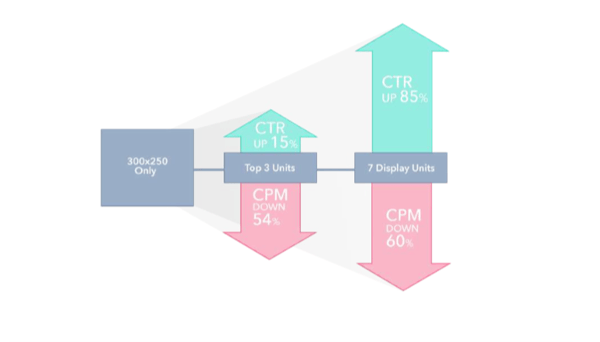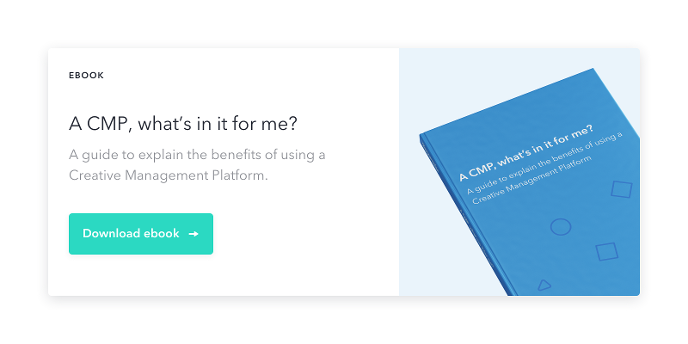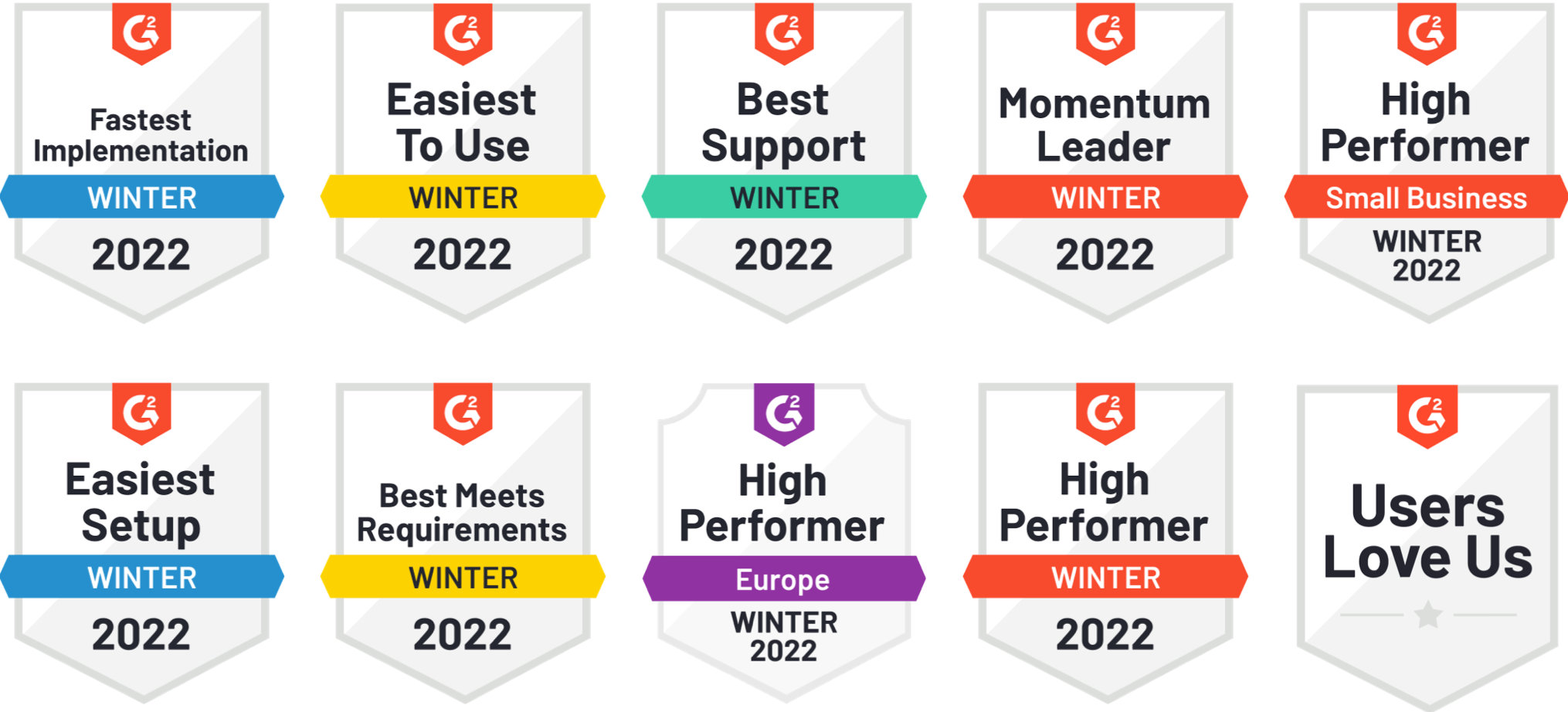When you spend budget on display advertising, you want to make sure you get the most out of your investment. Still, many advertisers struggle deciding which ad sizes to use. That makes sense, because the various type of devices and the increased amount of ad networks resulted in numerous shapes and sizes for your ads.
But even though it might seem that all formats are generating equal results, the truth is that not all ad sizes provide you with the biggest reach or best performance. Not in the slightest. According to research by AppNexus and CPXi, limiting the amount of ad sizes can actually hurt campaign performance. In their study, they describe that while the majority of impressions go to the three most common unit sizes, millions of uncontested impressions go to additional display sizes.
What uncommon sizes should you then include? This depends on factors such as geography and your target audience. It's also based on the website your ads get published on. Selecting the right ad sizes greatly impacts the effectiveness of your display campaign, and that's why it is important to understand what ad sizes you can use for your campaigns, and when you should use them.
Biggest reach
At the moment of writing, Google Ads supports 20 sizes for display ads. Interestingly enough, 77% of all ad impressions are generated by only 3 ad sizes:
- 300×250: Medium Rectangle (40%)
- 728×90: Leaderboard (25%)
- 160×600: Wide Skyscraper (12%).
These ad sizes are by far the most popular sizes for display advertisements, and that’s why they are often referred to as “The Big Three”. This is basically due to their size and convenience. Most websites offer ad space based on these dimensions, and as a result, these ad sizes have become an industry standard. So, when planning your display campaigns, it’s wise to include at least these 3.
The size that sticks out the most is the medium rectangle (300x250). This ad size is suitable for mobile and desktop, and offers the ability to include both text and images. Since this format can easily be embedded within text content or at the end of articles, it's usable for most websites and online platforms out there.
Better performance
Here’s the catch. The above-mentioned sizes are the top 3 and will provide the biggest reach, but it’s not smart to include just these sizes in your ad set. Using only the "Big Three" can limit the performance of your ads. The more ad sizes that are used in a campaign, the more ROI increases.
As you can see below, research by AppNexus and CPXi shows that campaign performance increases significantly when you go from one to three unit sizes, and even more when you use seven.

Source: CPXi / AdReady, 2013
The consensus here is that including other sizes will lead to a better Click-Through Rate (CTR) and decreases the Cost Per Mille (CPM). What other ad sizes you include depend on several factors. We'll get into that below.
Factors determining your ad sizes
As mentioned above, the ad sizes you need also depend on factors such as your target audience’s device and their location. Let’s zoom on this for a bit.
Device
While an increasing number of impressions, clicks, and conversions takes place through mobile devices, some audiences prefer other devices. Make the most of your digital ads by creating ads specifically for certain devices such as mobile, desktop and tablet.
Why? Because reusing the mobile creatives for tablet not only misses the advantage of showing larger ads, but also ruins the user experience. So, when you target an audience that is known to use a tablet, consider also creating units such as 768×1024 and 1024×768.
Geography
If you’re advertising in Europe, you should take into account that some countries have specific ad sizes. Google has listed some of these regional ad sizes. So, if you have Polish men as your target audience, be sure to do your research and include at least one “billboard” (750x100) in your ad set. This is a very popular size in Poland. Other countries such as Russia, Norway and Finland also allow for other shapes and sizes.
As a rule of thumb, wider ad sizes tend to outperform their taller counterparts, due to their reader-friendly format. Find this and other interesting facts in Google’s Guide to ad sizes.
Achieve full scale
Choosing to diversify your display campaign by adding less popular ad sizes can significantly improve your CTR and lower the CPM of your banners. Of course, creating all available ad sizes sounds like quite a challenge. When you manually create all of them, this obviously takes up a lot of your time and resources.
This is where a Creative Management Platform (CMP) comes in handy. With a CMP, you can easily scale up from 1 to 100 ad sizes with just a few clicks. This offers you the flexibility to produce all desired creatives, in all available sizes, while allowing you to achieve a much better ROI.
It's time to scale up.







